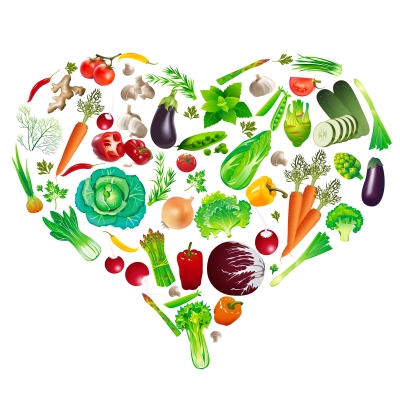What is Fiber?
Everyone knows that fiber is important for optimal health. However, it is commonly neglected when qualitative changes are made to a diet. What is fiber and why is it important to track it along with fat, carbohydrates, and protein?
Fiber is the non-digestible part of plants that form the support structure of leaves, stems, and seeds. Fiber exists in two forms, soluble and insoluble. Soluble fiber can be dissolved into a gel-like substance in the large intestine while insoluble fiber remains relatively intact throughout the digestive tract. The ratios of insoluble to soluble fibers vary between sources. See the chart below for ratios.
Bowel Health
Fiber can increase the weight and size of stool, thus easing its ability to pass through the colon. Fiber may also lower the risk of multiple colon disorders.
Lower Cholesterol
Research has shown that fiber has the ability to lower bad LDL cholesterol. Some research also shows fiber may play a role in lowering inflammation and blood pressure.
Blood Sugar Control
Fiber slows the absorption of sugar into the blood stream, thus reducing the risk for acute spikes in blood sugar.
Weight Loss or Maintenance
Fiber helps with weight loss and maintenance in a variety of ways.
- More chewing time with most high fiber foods equals more time for your brain to register that you are full.
- Fiber is satiating: you will feel fuller longer after a high fiber meal compared to a low fiber meal. Some research shows high fiber breakfasts keep hunger levels lower throughout the day. Some fiber stimulates CCK, an appetite suppressing hormone in the gut.
- Fiber has a higher energy cost to digest and provides fewer calories than a gram of carbohydrate.
How Much?
Men
- 50 or younger at least 38g per day
- 50+ at least 30g per day
Women
- 50 or younger at least 25g per day
- 50+ at least 21g per day
Ideas to Add Fiber?
High sources of fiber are easy to find. Most fruit, vegetables, beans, legumes, and grains are really high in fiber. Whole food sources such as those listed below tend to be better than supplements because they contain other beneficial nutrients. If you really struggle with fiber intake, buy a well-rounded supplement with both forms of fiber. Adding too much fiber too quickly can cause gas, bloating, and cramping. Track your fiber, and if you are low, slowly add in additional fiber over a few weeks so that your body can adjust its natural bacteria content in the gut.
Take Home
Fiber’s many health benefits make it an important nutrient to track regardless of fitness or nutritional goals. If your fiber intake is low relative to the recommendations above, start adding some high fiber foods to your grocery list. Remember that adding in fiber too fast can cause digestion issues, so start by adding 3-4 grams per day to your average intake each week. For example: If you consume 10g per day, the following week you should try to consume 13-14g per day, then the following week 16-18g per day, and so forth until you reach the recommended amount for your age and gender.
About the Author:
-

Michael Stack is the founder & CEO of Applied Fitness Solutions and Frontline Fitness Pros. He is a faculty lecturer for the University of Michigan’s School of Kinesiology. He is also the creator and the host of the Wellness Paradox Podcast, produced in conjunction with University of Michigan.
Michael is an exercise physiologist by training and a health entrepreneur, health educator, and fitness industry advocate by trade. He is dedicated to enhancing the standard of practice of, and advocating for, fitness and wellness professionals to ensure they become an essential constituent in the healthcare delivery system.
With a career spanning over three decades in fitness, health, and wellness Michael has a deep knowledge of exercise physiology, health/wellness coaching, lifestyle interventions to mitigate chronic disease and leadership. He is credentialed through the American College of Sports Medicine (ACSM) as an Exercise Physiologist (ACSM-EP), Exercise is Medicine practitioner (ASCM-EIM), and a Physical Activity in Public Health Specialist (ACSM-PAPHS). Michael is a National Strength & Conditioning Association (NSCA) Certified Strength & Conditioning Specialist (CSCS), and a CDC Diabetes Prevention Program (DPP) Lifestyle Coach.
Michael received his undergraduate degree from the University of Michigan’s School of Kinesiology in 2004 and is currently a Master’s of Public Health (MPH) candidate at University of Michigan, with a specific concentration in health behavior and health education.
Michael is a board of directors’ member for the Physical Activity Alliance and Michigan Fitness Clubs Association. He sits on the University of Michigan’s School of Kinesiology Alumni Board of Governors. Michael is an expert curriculum reviewer for the American College of Lifestyle Medicine. Finally, he is a member of the executive leadership team for American Heart Association’s Heart Walk.
Michael lectures nationally for several health/fitness certification and continuing educations, including; IHRSA, the Medical Fitness Association, the National Strength & Conditioning Association, and SCW Fitness.


